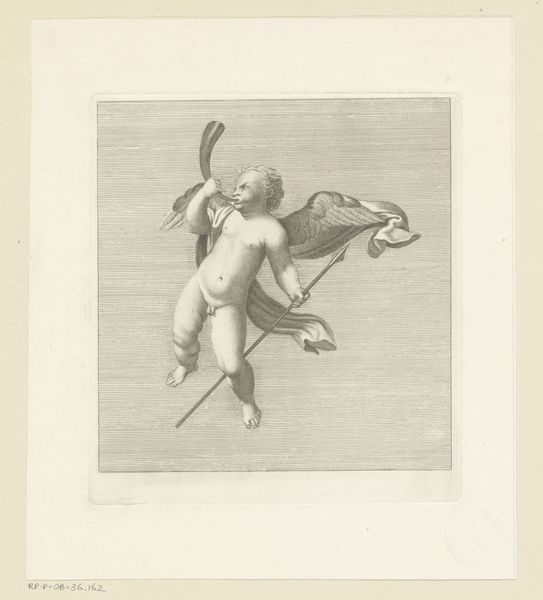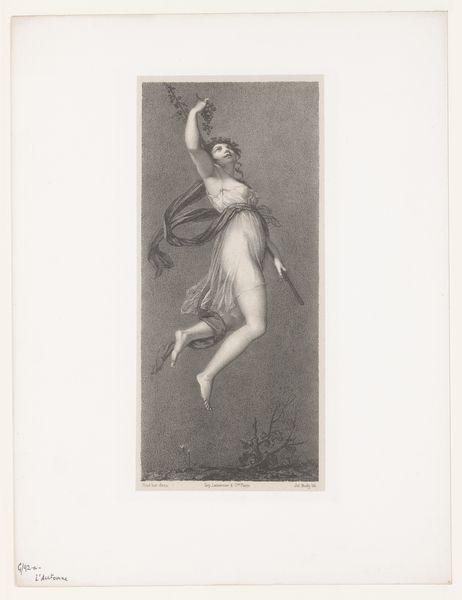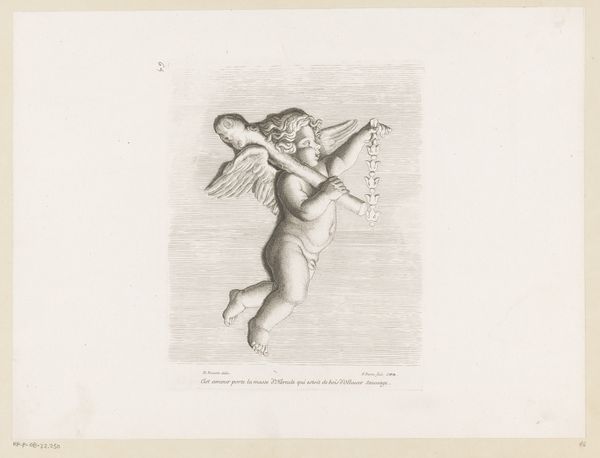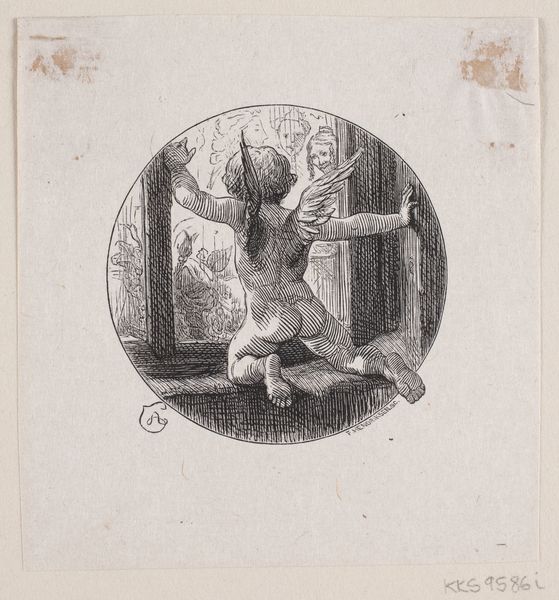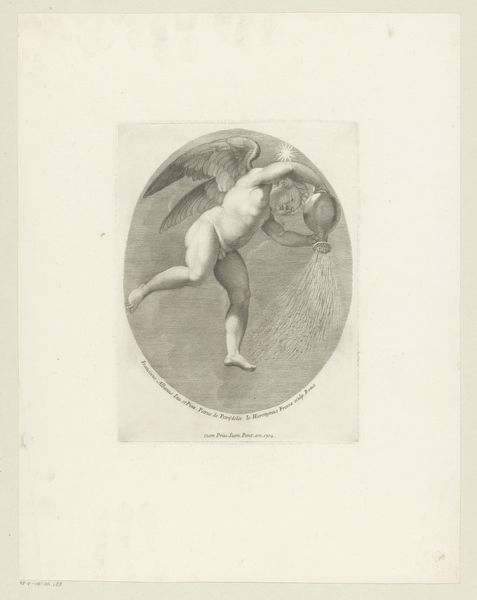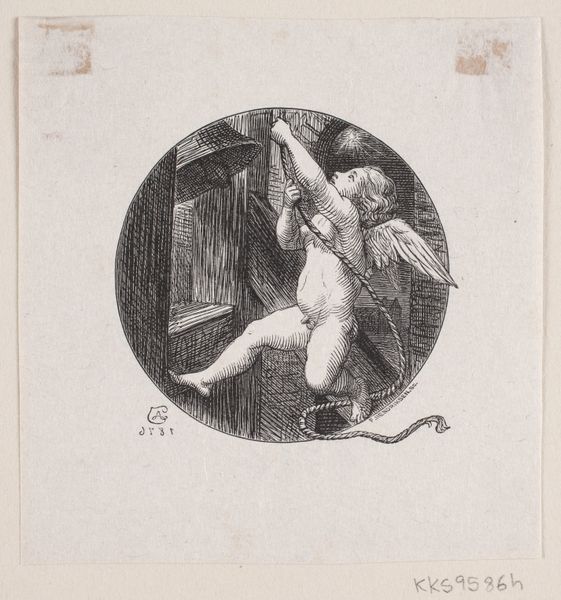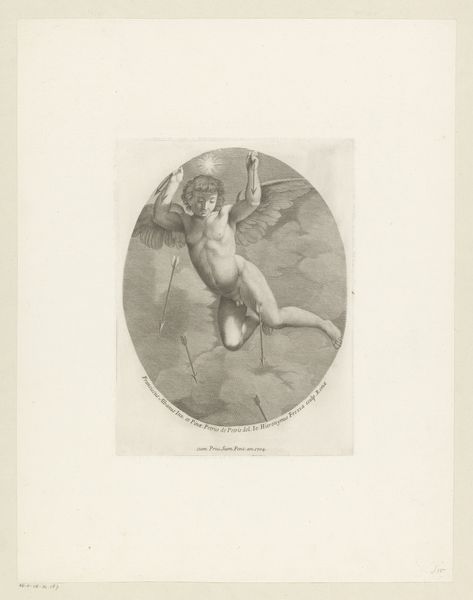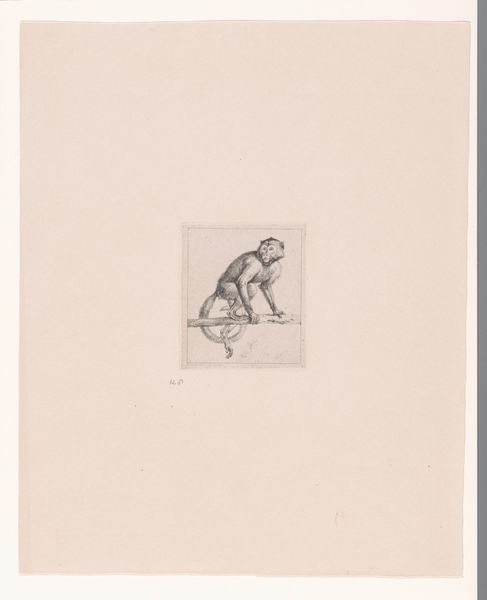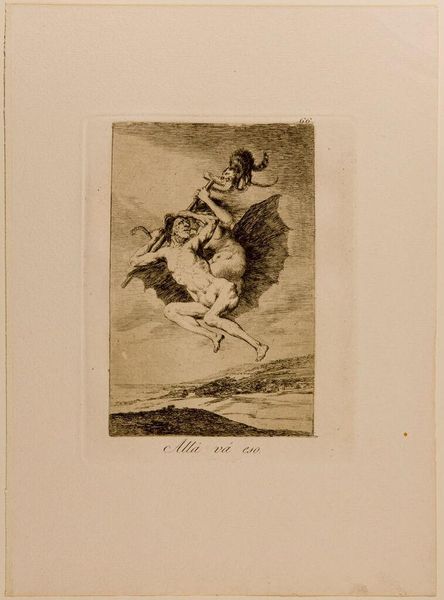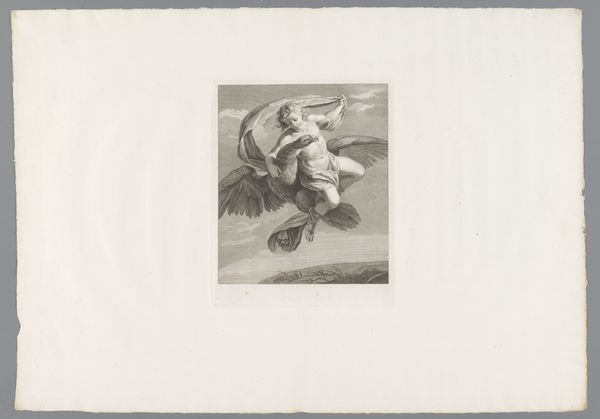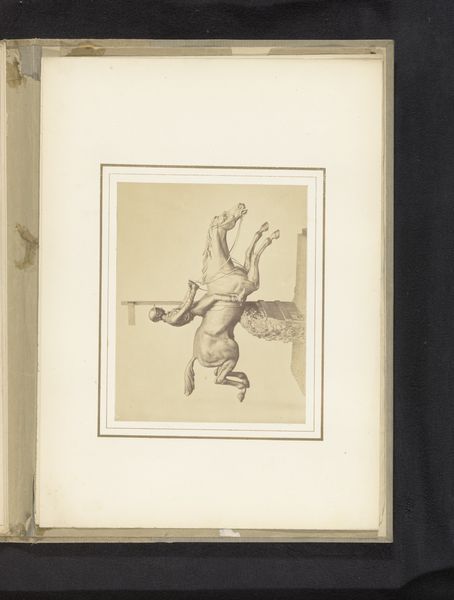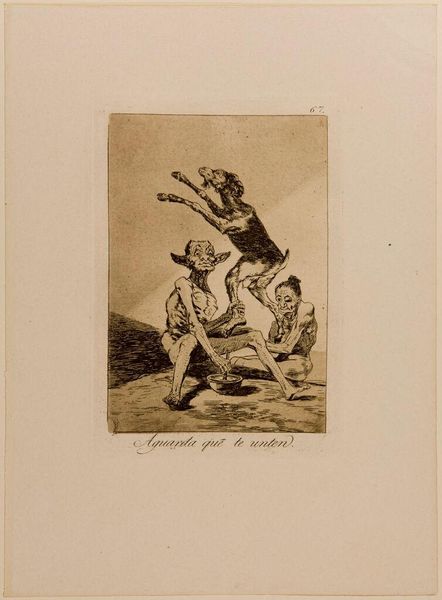
engraving
#
portrait
#
allegory
#
baroque
#
figuration
#
academic-art
#
nude
#
engraving
Dimensions: height 179 mm, width 160 mm
Copyright: Rijks Museum: Open Domain
Giovanni Girolamo Frezza created this etching of a putto with rope and stick sometime between 1671 and 1753. The image draws on a long tradition of classical and Renaissance art, where putti—those chubby, winged infants—were popular motifs. But why this revival in 17th and 18th century Italy? We can look to the institutions that shaped artistic tastes. Academies, with their emphasis on classical ideals, played a crucial role. Frezza, as an engraver, was part of a printmaking industry that disseminated these classical images widely. The putto itself carries cultural weight. Originally symbols of divine love, they became associated with wealth and aristocracy, adorning palaces and country houses. This print, then, speaks to the social currency of classical imagery, a visual language of power and status in Frezza’s time. To fully understand the print’s place in history, we can consult period writings on art theory, explore the patronage networks of the time, and trace the circulation of prints like these. The meaning of art always depends on its social and institutional context.
Comments
No comments
Be the first to comment and join the conversation on the ultimate creative platform.
